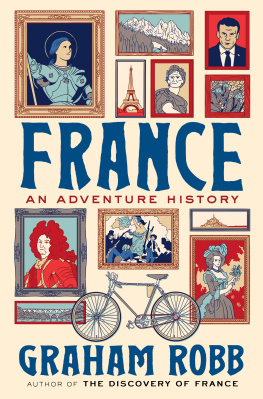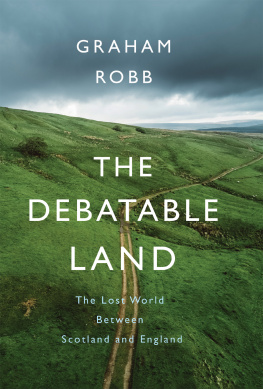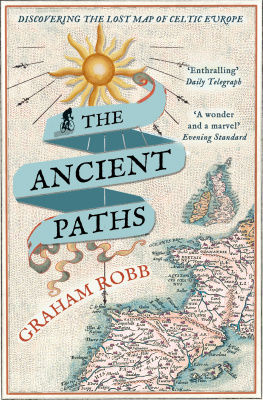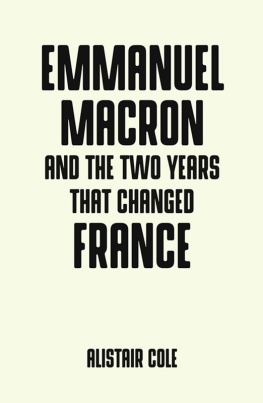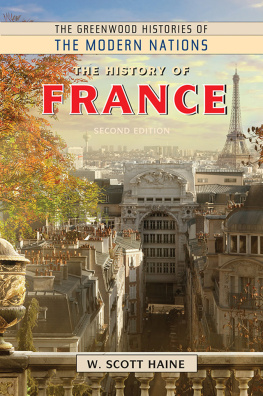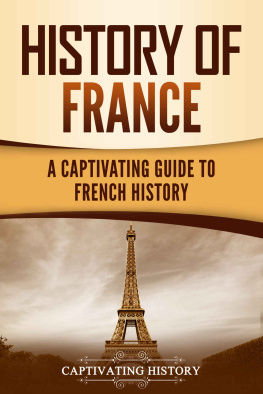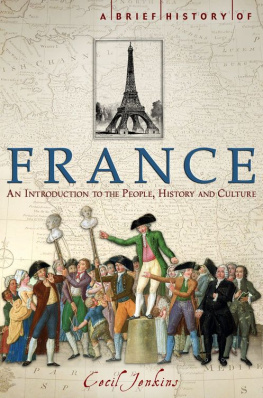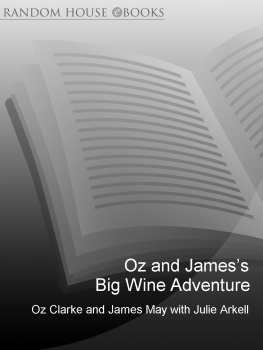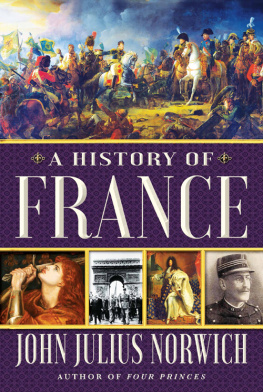Contents
Guide

Also by Graham Robb
In English:
B ALZAC
V ICTOR H UGO
R IMBAUD
U NLOCKING M ALLARM
S TRANGERS:
Homosexual Love in the Nineteenth Century
T HE D ISCOVERY OF F RANCE
P ARISIANS:
An Adventure History of Paris
T HE A NCIENT P ATHS
C OLS AND P ASSES OF THE B RITISH I SLES
T HE D EBATABLE L AND
In French:
B AUDELAIRE LECTEUR DE B ALZAC
L A P OSIE DE B AUDELAIRE ET LA POSIE FRANAISE
GRAHAM ROBB
FRANCE
An Adventure History

Copyright 2022 by Graham Robb
Map artwork by Global Blended, redrawn from originals by Graham Robb
First American Edition 2022
All rights reserved
For information about permission to reproduce selections from this book, write to Permissions, W. W. Norton & Company, Inc., 500 Fifth Avenue, New York, NY 10110
For information about special discounts for bulk purchases, please contact W. W. Norton Special Sales at specialsales@wwnorton.com or 800-233-4830
Library of Congress Cataloging-in-Publication Data is available
ISBN 978-1-324-00256-7
ISBN 978-1-324-00257-4 (ebk.)
W. W. Norton & Company, Inc., 500 Fifth Avenue, New York, N.Y. 10110
www.wwnorton.com
W. W. Norton & Company Ltd., 15 Carlisle Street, London W1D 3BS
F OR M ARGARET
Contents
PART ONE
Ancient Gaul to the Renaissance
PART TWO
Louis XIV to the Second Empire
PART THREE
The Third, Fourth and Fifth Republics
Section One
Section Two
This is a history of the region on the western edge of the Asian continent which is currently referred to as France. It begins in the earliest days for which written records exist and ends in the distant future. The scenes of wars and revolutions, from the plains of Provence to the slums and boulevards of Paris, may be familiar; some of the protagonists are well known in a real or legendary form Caesar, Charlemagne, Louis XIV, Napoleon Bonaparte, General de Gaulle. Many other events, places and people have never before appeared in a history of France.
Historical explorations are unpredictable. This book was to have opened with the indigenous legend of the origins of Gaul, which predates the Roman conquest (5851 BC ). The protohistorical tale of a wandering hero led to a discovery which grew into a book on the scientifically advanced civilization of the Iron Age Celts. The discovery was confirmed by a decoded ancient map in a second book, dictated by other, equally compelling circumstances.
By then, ten years had passed since the cloud shape of a social, political and geographical history of France had come into view on the mental horizon. Several expeditions had been undertaken in libraries and on the ground. I was happy to note that the idea was already a decade old. Another four full years would be spent writing the book I had come to think of as a slow history (slow as in slow food).
Despite the mortal disadvantages, the passing of time is the writers friend. To recover rather than simply tabulate the past calls for some reliable means of self-estrangement besides the miraculously mnemonic bicycle and the inspirational wine which first reached Gaul by the Mediterranean, the Rhone and the highway that was created by transhumant herds and upright apes between the Pyrenees and the Alps.
*
The walls of the room in which this book was written are bare apart from a relief map of France and neighbouring territories published by the Institut Gographique National. The map is exactly one millionth the size of the real land mass, which is nothing compared to the compaction that would be required to fit two thousand years of history into a single volume. On this map, I have marked in white correction fluid all the routes which Margaret (my wife) and I have cycled, omitting the journeys made by train and in times almost beyond recall and scarcely worth recalling by car.
The map used to reassure me that I had seen quite a lot of the country beyond Paris, including many grim and graceless towns and regions which no informed tourist would deliberately visit. Before the continent rediscovered the plague walls and cordons sanitaires of previous centuries, the total distance covered in western Europe was approaching thirty thousand miles, most of which had been ridden within the borders of modern France. Now, the map looks like a record of things unseen, even from a distance. Assuming an average eye-span of five miles either side of the white line, that still leaves a vast expanse of terra invisa .
In the early days, we travelled to particular areas, and then, by ever more circuitous routes, to particular periods. Gentle cycling for weeks on end gave the scrolling landscapes a binocular intensity and deepened the journeys fourth dimension. The gathering and sorting of precise local information in preparation for each journey always took longer than the journey itself.
With their amnesia-inducing blur of facts and dates, general his-tories soon proved no more useful than small-scale maps which depict only major roads and railway lines. I longed for the authors of those histories to leave the express train at any randomly chosen spot, to engage with a native, living or dead, to share an enigmatic meal, to ponder inexplicably relevant minor details, and especially to ask more questions.
Eventually, everything sounded so familiar that it was hard to believe that this was the real past. I imagined the existence of a French History kit which allowed serviceable examples of the genre to be swiftly assembled. In the rush to reach the chosen terminus, entire provinces and populations were erased by speed and one place looked much like another. Physical geography was often absent, left to some other dimension or discipline. Some histories of France never strayed beyond the outer boulevards of Paris, except when driven out by war. In one case, women were sectioned off and dealt with in a framed box. Each period lived in strict chronological lockdown and was permitted to interact only with itself and its immediate neighbours.
*
The Discovery of France (2007) described the charting and colonizing of France from the Revolution to the First World War. This only slightly longer book, spanning nearly ten times as many years, demanded a more symphonic or operatic arrangement. I looked for a closer match of experience and history, knowing how much otherwise unmemorable information can adhere to one intimate encounter with a person or a place.
The marshalling of historical data is unthinkable without conventions and some recognizable uniformity, but it is a sad adventure that offers no hope of getting lost. Sooner or later, the data takes on the characteristics of its uniform. In this rigid state, it can serve as the raw material of propaganda or a politicians speech. Tactical deviations from the prevailing forms of presentation can then impart an air of suspect foreignness to historical truths.
The identity papers and luggage labels of any outlandish or seemingly delusive details can be inspected in the notes and references in the back pages. Along with primary documents in the languages of Gaul, Francia, Occitania and France, scholarly studies of specific events and people are the foundation of this book. Scholarship provides the authors of general histories with well-made roads to the past. It also reveals the unfathomable voids on either side of the carriageway and conveys that thrilling sense of ignorance which gives exploration its raison dtre .

